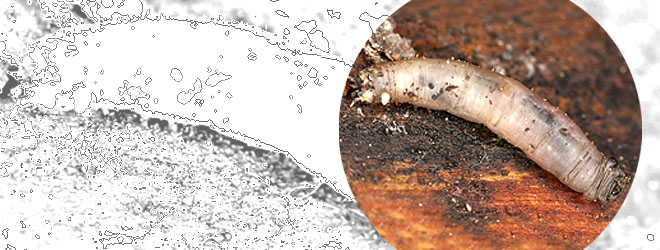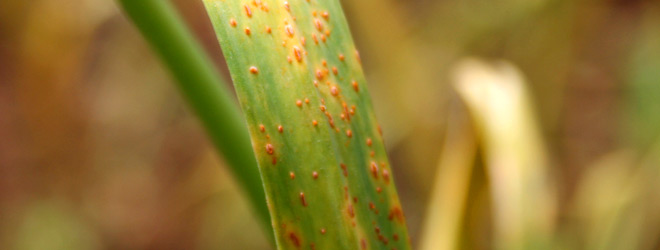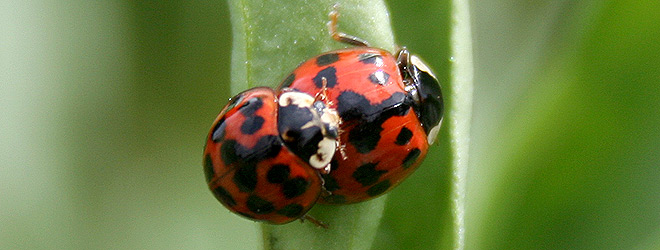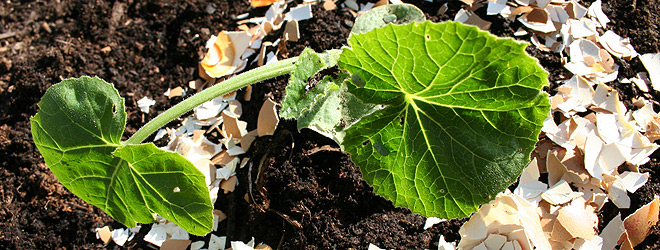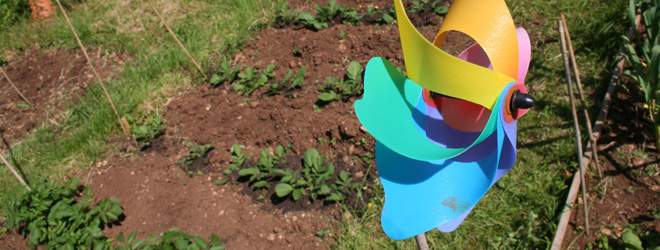Gardeners beware! Britain’s lawns could come under threat this year from the damaging lawn pests called ‘leatherjackets’, whose population has swollen due to the wet and mild winter just passed. Experts have revealed that the number of leatherjackets in the UK has reached its highest level for 40 years, with approximately 250 bugs per square yard of turf found in the worst affected areas.
Leatherjackets are the soil dwelling larvae of the crane flies or ‘daddy longlegs’* and appear as small brown grubs with a cigar shaped body that can reach up to 4cm in length. The grubs usually hatch in your garden in late August/September and overwinter under the grass until spring when they begin feeding. When fully grown in August they emerge as the long legged, gangly adults that we all recognise.
When it comes to our lawns, leatherjacket eggs thrive in warm and damp conditions, so the grubs are much more likely to survive after a wet autumn. You may notice leatherjackets on damp nights as they sneak up onto the surface of your lawn to feed, but it is under the soil where they thrive, attacking and eating the roots of your grass, turning it brown. The damage to your lawn can be made worse by predators such crows, badgers and foxes attempting to dig out the grubs for an easy feast.
Although most prominent in your lawn, leather jackets can be found lurking anywhere where there is soil, so this means flower beds, vegetable plots, and small plants are all potentially at risk. The pest has been known to cause huge problems for farmers and sports clubs who have had crops and sports pitches destroyed.
On one famous occasion back in 1935, Lord’s Cricket Ground in London was among the many venues affected by a leatherjackets epidemic. Frantic ground staff collected several thousand grubs after they noticed bald spots appearing on the pitch, and for much of the season, canny spin bowlers used the patches to provide extra spin on their deliveries!
Professor Davy McCracken, of Scotland’s Rural College, told BBC Radio 4’s Farming Today that the infestation would be a severe challenge to farmers in the wettest parts of the country, particularly along the west coast of England and in Scotland, stating: ‘If you have one million grubs per hectare it is enough to decimate your crop.
When trying to control leatherjackets in your garden, regular and thorough observation is essential. There is currently no chemical cure for the prevention of leatherjackets so gardeners have to be particularly vigilant. There are a number of methods to get rid of leatherjackets but if you are reluctant to spend most of the summer on your hands and knees, battling with a plague of grubs, investing in artificial grass would be a good option.
*A common prey among bored infants.
This is a sponsored post


